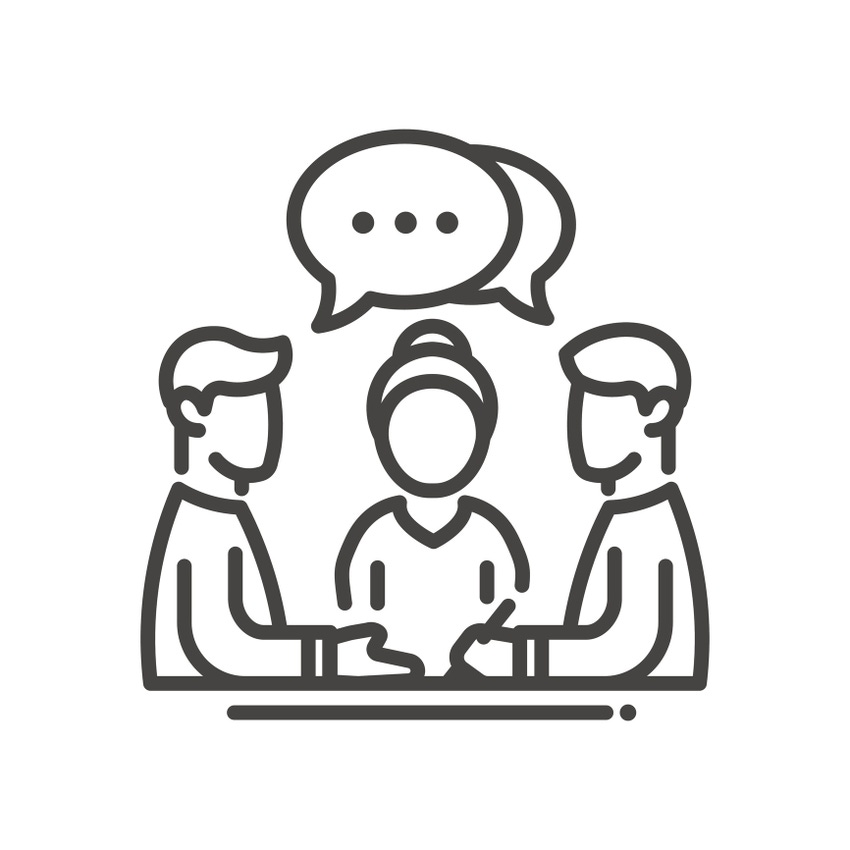The more important question is not who do you want on your team, but rather does someone want you on their team?
September 14, 2018

We all know the saying, “Uncertainty is the only certainty.” Based on your life’s experiences you know there’s a lot of truth in that. That’s why Benjamin Franklin’s famously observed that, “In this world, nothing can be said to be certain except death and taxes.”
But my intent isn’t to focus on change; my emphasis is on people. With all due respect to Franklin, I think we need to add one more item to his list: difficult people. That is, no matter where you go, or what you do, it’s certain you’re going to encounter difficult people.
If we did a survey about difficult people we’d likely end up with a laundry list of terms describing our frustration with them: drama, dishonesty, manipulative, controlling, passive-aggressive, disrespectful, selfish, needy, unwilling to listen and on and on the list goes.
Chris Cancialoi, management consultant, recently wrote about difficult people in Forbes Magazine (March 2018). He aptly explains that, “Difficult people can take many forms. “Difficulty” can manifest itself in quite a few ways, oftentimes, including people who spread rumors, who find the negative in everything, those who rarely cooperate or who don’t value the input and opinions of others. They may find every opportunity to create problems or they may simply use passive resistance to waylay your best efforts to move your agenda forward.”
Whatever the environment, difficult people are frustrating! In my experience, difficult people are seemingly the ones who always create stumbling blocks -– they look to stop progress. As a result, the rest of us spend an inordinate amount of energy working around (or through) the difficult people because they’re adept at one thing only –- creating speed bumps.
There’s no end to describing how draining and stressful that can be. All of us likely have our own war stories about difficult, dysfunctional, toxic people, but let’s stop there and focus on more constructive matters. Let’s turn around and focus on people doing great things, being productive and helping make everyone around them better.
That perspective invokes the concept of “positive deviance.” I first stumbled across it reading Dr. Richard Pascale’s book, Surfing The Edge of Chaos (c. 2001). He’s since written a book entitled, The Power of Positive Deviance: How Unlikely Innovators Solve the World’s Toughest Problems (c. 2010). Innovators solving the world’s toughest problems –- quite a contrast from Cancialoi’s caricature of difficult people who “create problems” and “waylay your best efforts to move your agenda forward.” With that in mind, let’s dig into a little deeper into what positive deviance really means.
It’s an interesting term. That’s because we generally consider “deviant” to have a negative connotation. Rarely, do we think of deviance as being favorable. The term derives from Monique and Jerry Sternin’s work with Save the Children in Hanoi in the early ‘90s. The Sternins utilized a model derived from Tuft’s University that focused on identifying children in impoverished areas who were thriving nutritionally; the children should be malnourished but were not (hence the phrase, positive deviants).
Since that time, the concept has evolved and increasingly applied to many different scenarios.
In general, positive deviants are people who manage to “find better solutions than their peers despite facing similar challenges and having no extra resources nor knowledge versus their peers.”
Considering the lengthy list of terms to describe difficult people (negative deviants) perhaps we should do the same on the other side for positive deviants. Terms like selfless, versatile, motivated, open, curious, energetic, resilient, disciplined, authentic and the list goes on and on. The implications are obvious: there’s increasing evidence that intentionally including people who work and behave like positive deviants creates significant improvements in team performance and outcomes.
When building a team, you can choose difficult people who squelch and resist opportunities and ultimately drive status quo. Or you can choose positive deviants who find opportunities and seemingly feed on steep challenges. Why opt for difficult when you can have positive?
But perhaps there’s a more important question that lingers here. It’s evident the difference between difficult people and positive deviants is vast. Within that framework, many of the terms we listed really have nothing to do with skill or intelligence or talent –- rather, it’s all a matter of will and resolve. so, maybe the more important question is not who do you want on your team, but rather does someone want you on their team? Difficult or positive -- the choice is yours.
EDITOR'S NOTE: You can find more columns like this in each monthly print issue of Feedstuffs. If you aren't already a subscriber, subscribe today at https://circulation.feedstuffs.com/Publications.aspx
About the Author(s)
You May Also Like

.png?width=300&auto=webp&quality=80&disable=upscale)

